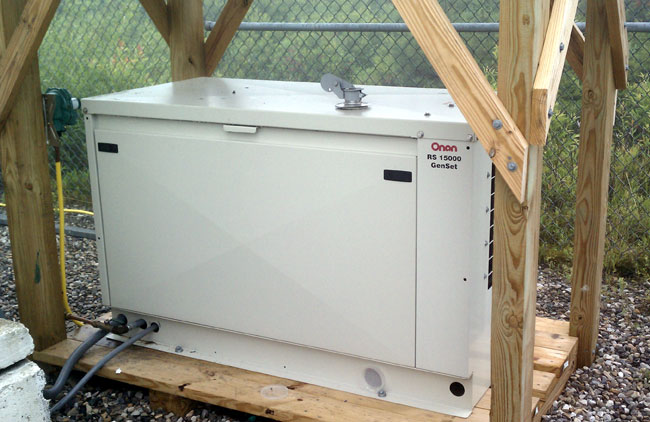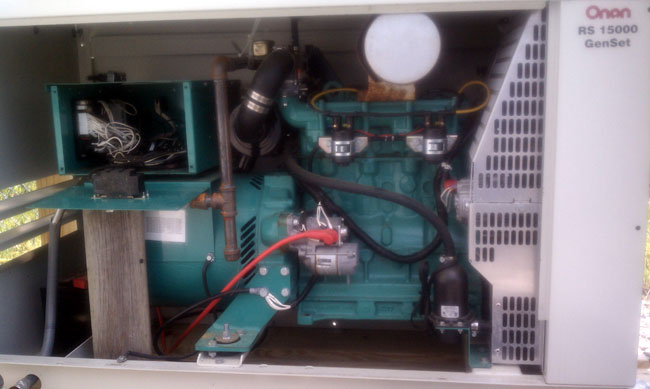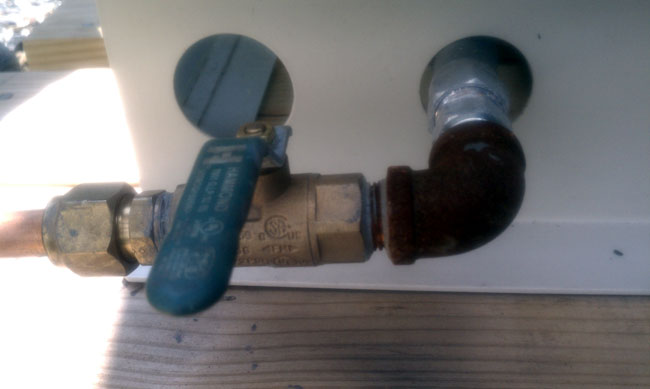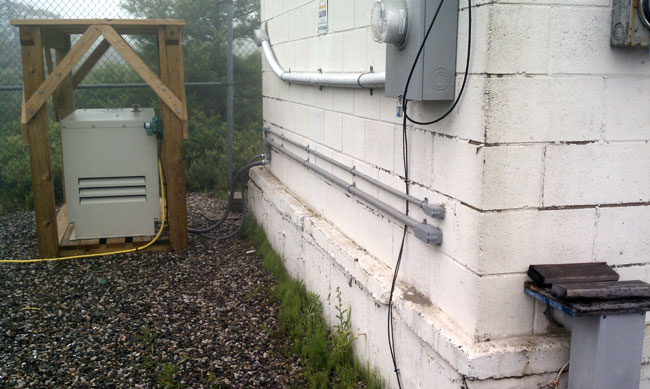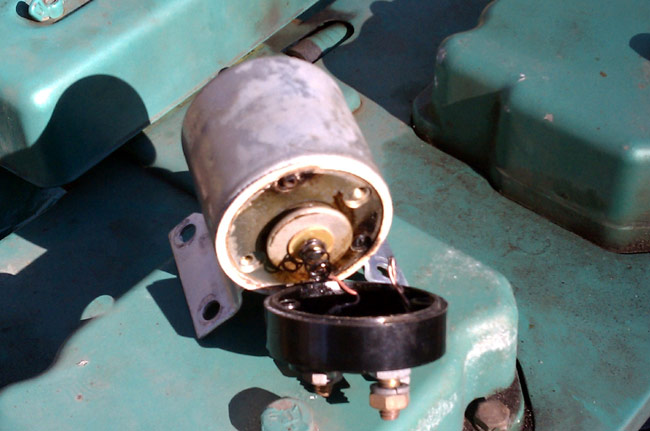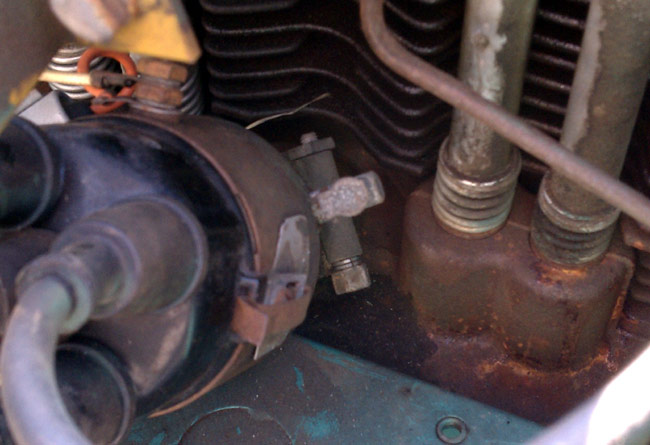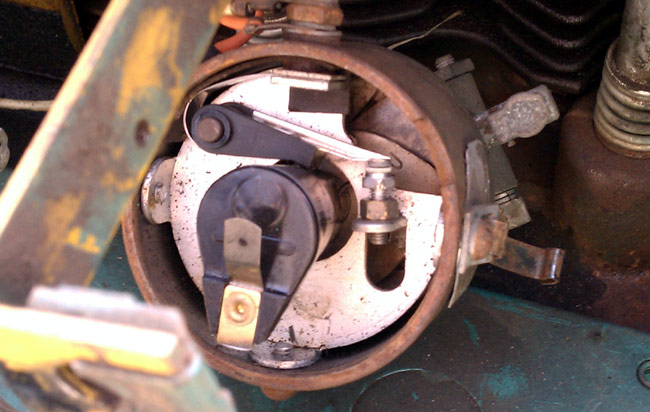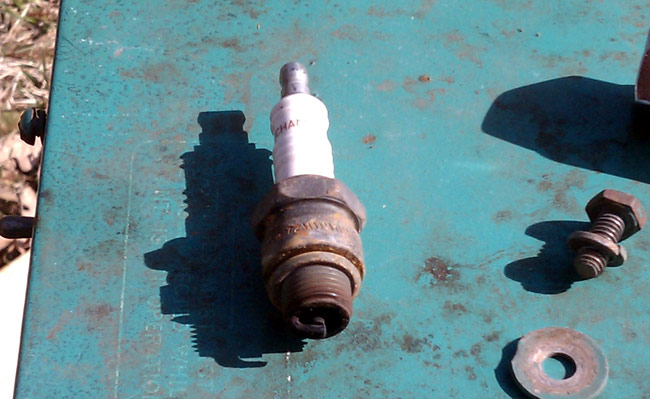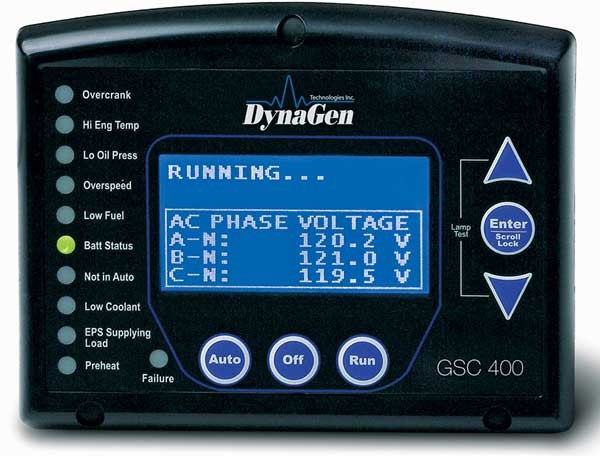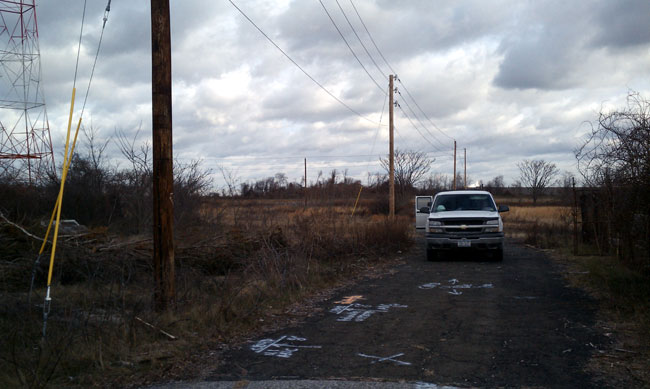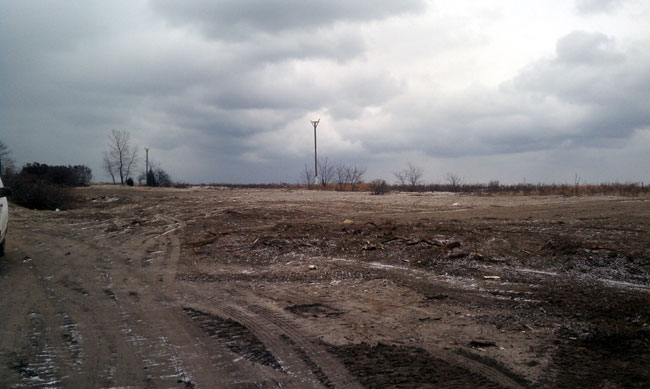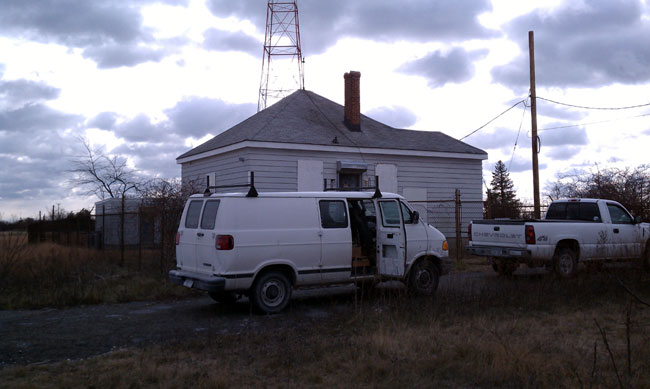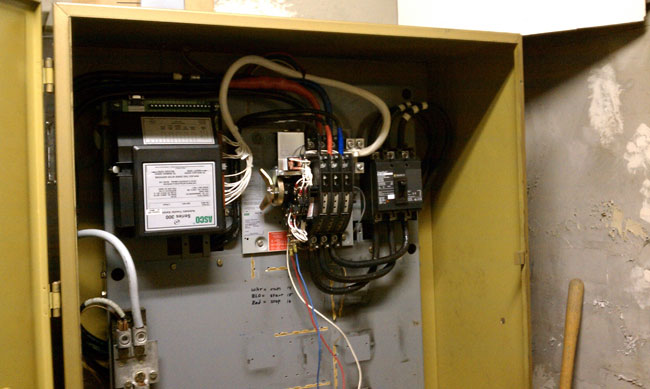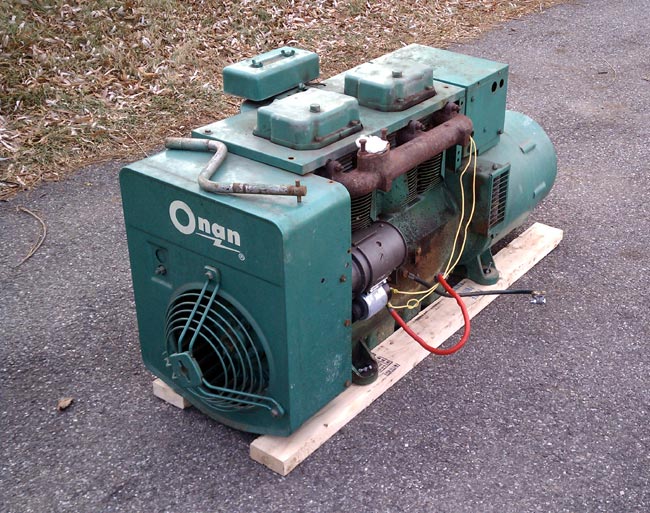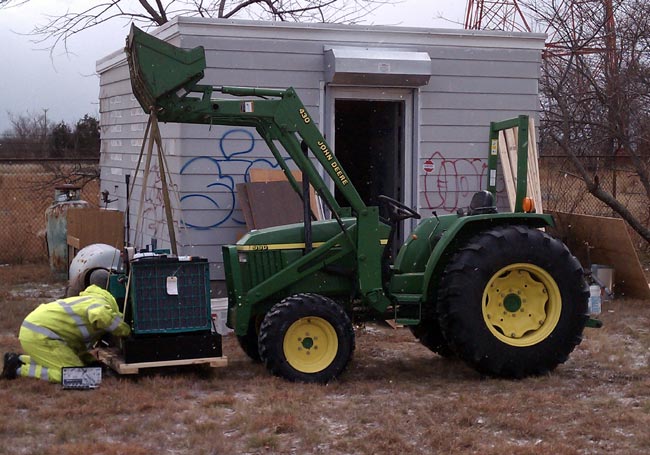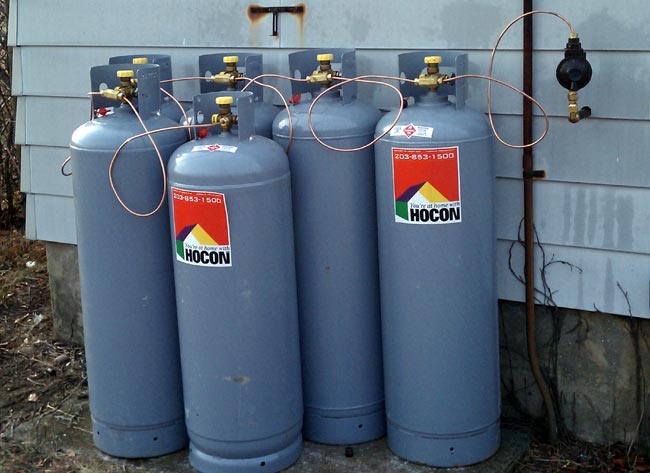An issue I had to deal with recently; was an unstable generator/UPS relationship. When the generator was running under load, it surged repeatedly causing the UPS to drop out and not recharge. Eventually, the UPS ran out of juice and shut down, killing the power to the Sine Systems remote control and telephone system. Of the two, the remote control was the biggest pain to fix, as it lost its timed commands and would not reduce power at sunset for the associated class D AM station.
What went wrong? This is a chart of typical problems with generators operating UPS loads:
| Symptom | Potential Problem |
| Fail to “lock on” to generator power | Improper generator frequency or voltage Poor generator regulation Unrealistic performance requirements |
| Instability of generator | Voltage regulator sensitivity Control loop compatibility Filter/control interaction Governor or AVR problem |
| Fail to sync bypass | Metering errors |
| Instability at specific load levels | Control loop compatibility |
| Instability at load changes | Control loop compatibility |
| Metring errors | Generator output voltage distortion |
| Loss of voltage control | Excess capacitance in filters vs. load |
Table courtesy of Cummins Power Generation.
Generator excitation methods can be the culprit in many of these situations. Generators often use one of three types of excitation for their field coils:
- Shunt-excited SCR (silicon-controlled rectifier)
- Shunt-excited PWM (pulse width modulation)
- PGM (permanent magnet generator)
Of the three, the permanent magnet generator is the most stable since the AVR (automatic voltage regulator) is powered by a separate small generator which is unaffected by the load on the main generator output. SCR and PWM both use the generator output windings, which makes them susceptible to load-inducted voltage distortion brought on by non-linear loads. Therefore, in locations where large UPSs are known to be part of the load, PGM-excited generators are the best choice.
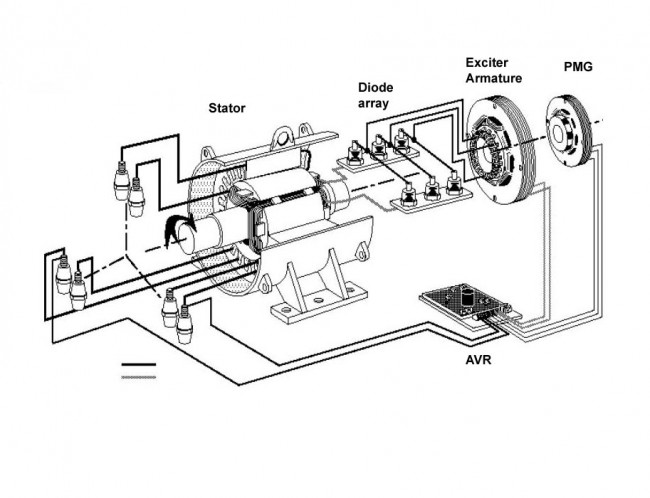
Sometimes, the generator is already in use before the UPS is installed. In that case, there are some remedial steps that can be taken. The speed which the voltage regulator reacts to changes in the load is often the culprit in many of these situations. It may seem counterintuitive, however, the faster the AVR reacts, the more fluctuations there will be in the voltage and frequency. A UPS can operate under a wide range of voltages and frequency, provided they do not rapidly change.
Depending on other loads, it may be necessary to dampen the gain on the AVR to slow it’s reactions down. This will work if there are no large intermittent starting loads on the generator such as air conditioning compressors.
Another method would be to delay the UPS transfer to generator power until after all the other loads have been satisfied. This will ensure that the generator voltage and current fluctuations are damped by the existing load.
The generator’s size needs to account for the equipment attached to the UPS and the battery charging load. With a larger UPS, the battery charging load can be significant. Generators that are improperly sized will not be made to work under any circumstances, hence the “unrealistic performance requirements” noted in the chart above.
You can read the entire Cummins Power white paper on generators powering UPS loads here.

